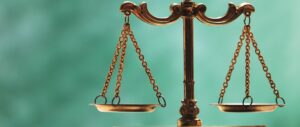Roughly eighty percent (80%) of new businesses fail within the first eighteen (18) months and one-half (50%) of the new businesses fail after the first four (4) years. Only twenty percent (20%) make it past their five-year (5) anniversary. So, what happens to the business debt of small business owners if their business folds? Business owners who sign personal guarantees can be held liable personally for the debts. However, business debt helps you qualify for a Chapter 7 bankruptcy because the Means Test does not apply in bankruptcy cases where the debts are primarily business-related debts. “Primarily” is defined as 50 percent or more of the total debt owed by the debtor.
An experienced Florida bankruptcy attorney understands how to help a business owner qualify and file for debt relief under Chapter 7. If you have questions, please contact the Law Office of Tony Turner. Mr. Turner is an Orange Park Bankruptcy Attorney who offers a free bankruptcy consultation. If your business is experiencing cash flow or debt problems, contact The Law Office of Tony Turner by calling (904) 679-2020 for a free bankruptcy consultation with a Florida bankruptcy attorney near me. Bankruptcy lawyer Tony Turner assists businesses and business owners throughout Orange Park, Jacksonville, Lake City, Deland, St. Augustine, Deland, Daytona, and the surrounding areas explore bankruptcy and non-bankruptcy options for eliminating debt problems and other financial issues.







